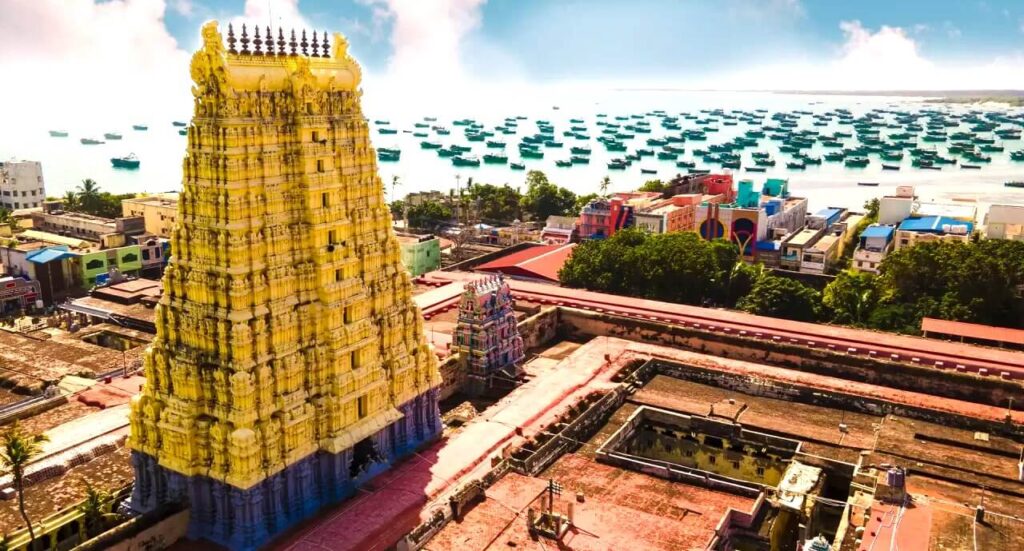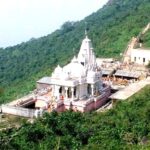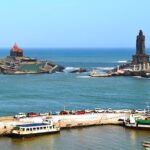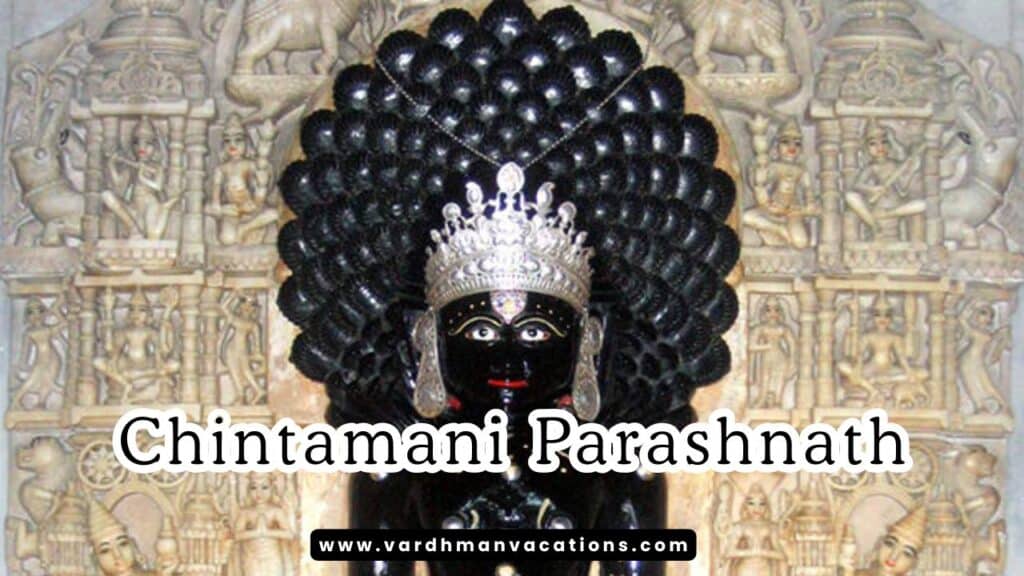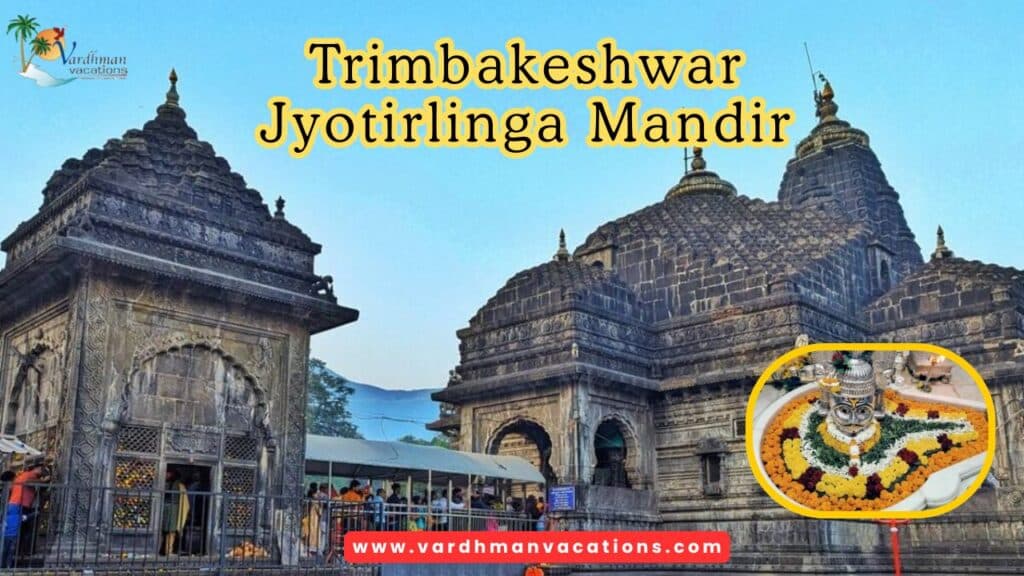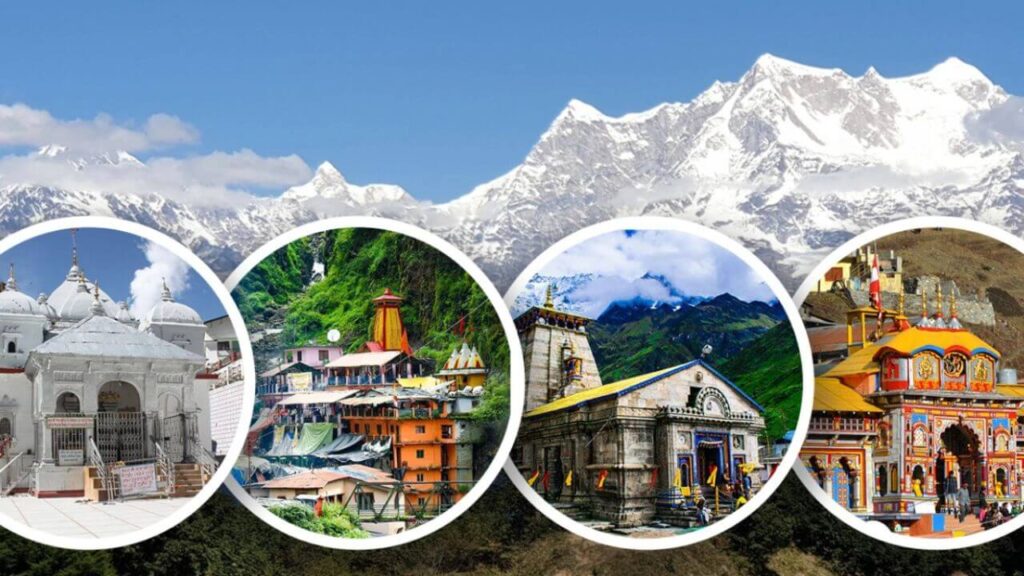Rameswaram is known as Dakshin Kashi and is a popular destination for spiritual tourists due to its rich history and impressive temple architecture. Considered one of the holiest places for Hindus in India along with Varanasi, it is part of the Char Dham pilgrimage route. Rameswaram also offers beach and water adventure opportunities, making it a favorite destination for adventure enthusiasts. Visitors can enjoy a variety of water sports including kayaking, canoeing, scuba diving, snorkeling, surfing, windsurfing, kitesurfing, water skiing, jet skiing, and stand-up paddle boarding.
Rameswaram is famous as one of the best kitesurfing destinations in India, where wind conditions remain ideal for more than nine months of the year. It is also a favorite spot for pro-riders to explore the beauty of the Gulf of Mannar.
Historical Significance of Rameshwaram
Rameswaram is an island town in the Gulf of Mannar off the southeastern coast of Tamil Nadu. It is a popular place for Hindus to go on pilgrimage and is known for the famous Ramanathaswamy Temple. The town also has beautiful beaches and historic temples. Rameswaram is considered one of the Char Dhams of India, along with Badrinath in the north, Puri in the east, and Dwaraka in the west. According to Hindu mythology, Lord Rama worshiped Lord Shiva in Rameswaram before rescuing his wife Sita from the demon king Ravana. The best time to visit Rameswaram is from October to March when the weather is pleasant.
Important Attractions of Rameswaram
Rameswaram is a city rich in cultural and historical significance, offering a variety of attractions for visitors. Here are some important attractions in Rameswaram:
Ramanathaswamy Temple
Entrance fee: No
Camera: Not allowed
Timings: 04.00 AM to 12.30 PM & 4.00 PM to 08.00 PM
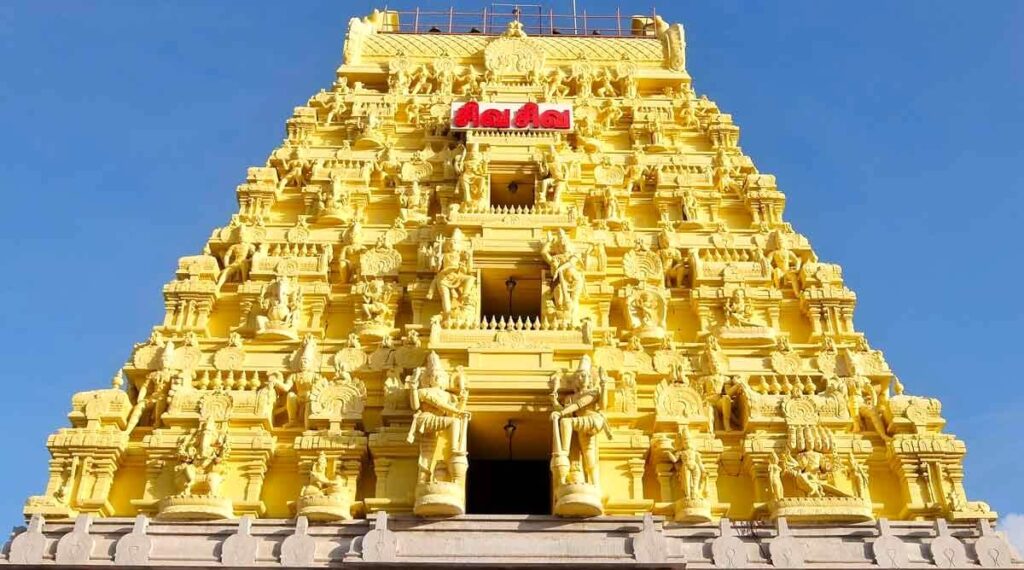
The Ramanathaswamy Temple is an important Hindu temple dedicated to Lord Shiva in India. It is one of the twelve Jyotirlinga temples in the country. Jyotirlingas are symbols of Lord Shiva, believed to emit light. This makes the temple a popular pilgrimage site for Shaivites, who are devotees of Shiva. The temple is associated with the legend of Lord Rama, who is said to have installed a Shiva lingam here before leaving for Lanka. The 1000 pillared hall is a famous feature of the temple complex, even though it has more than 1200 pillars. The temple reflects impressive Dravidian architecture, with intricately carved pillars, statues, and huge gateways called gopurams.
Additionally, the complex has 22 holy water sources that are believed to have healing properties. Pilgrims often bathe in these waters during their visit. An interesting feature of the temple is the separate corridors for men and women, which are not usually found in other temples.
Gandamanaparvatham (Lord Rama’s footprint)
Entrance fee: No
Timings: 07:00 AM to 01:00 PM and 03:00 PM to 06:00 PM
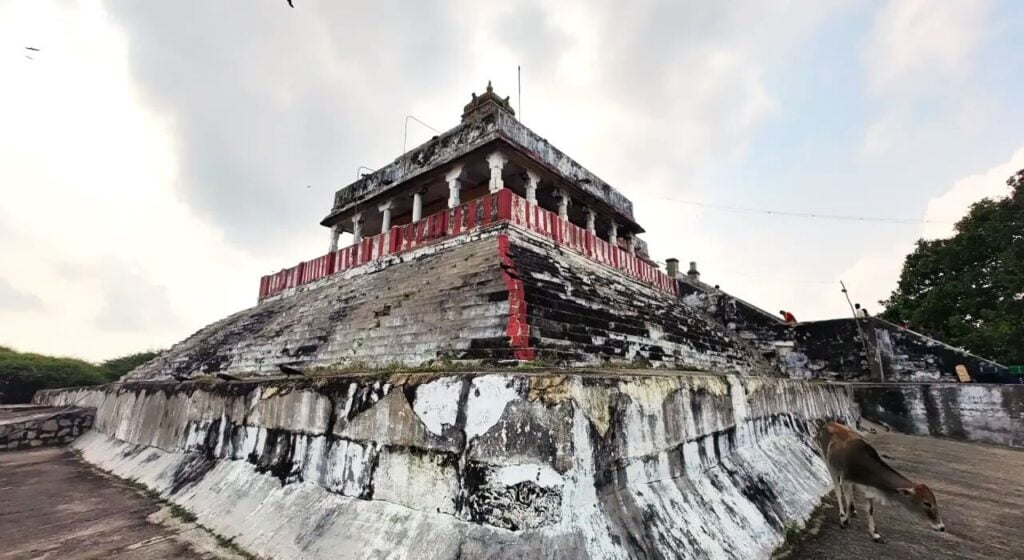
Gandamanaparvatham, also known as Rama Patham or Rama Theertham, is a holy site located on a hill in Rameswaram. It is important for Hindus because of its association with the Hindu epic Ramayana. The main attraction is the footprint of Lord Rama engraved on a chakra at this place. According to legend, Rama came across this site while searching for Sita, who was kidnapped by the evil king Ravana. Another version of the story states that Rama met Ravana’s brother Vibhishana at Gandamanaparvatham, who supported Rama. Vibhishana’s statue can be found in the temple complex. The hilltop location of Gandamanaparvatham offers panoramic views of the Rameswaram island and is considered to be the highest point in the region. The peaceful environment adds to the spiritual significance of the site.
Panchamuga (five-face) Hanuman Temple
Entrance fee: No
Timings: 06.00 AM to 06.30 PM
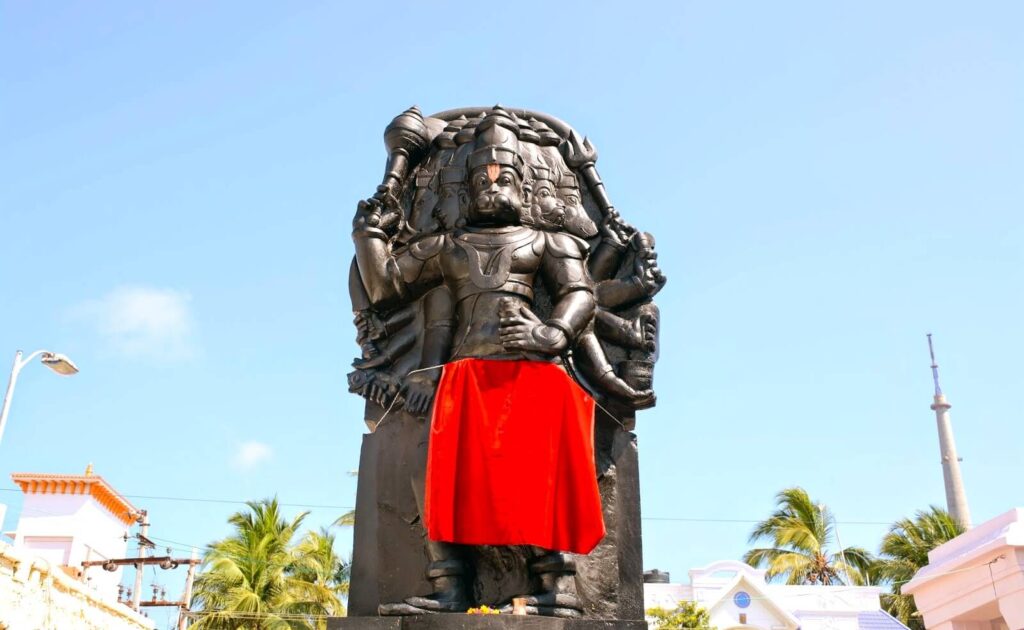
Panchamukhi Hanuman Temple is located about 2 kilometers from the Ramanathaswamy Temple. This temple is a famous pilgrimage site due to its five-faced Hanuman deity. The main feature of the temple is a large statue of Lord Hanuman with five faces. These faces represent the five aspects of Hanuman: Kesari (the monkey deity from his father’s side), Hayagriva (the horse-headed form), Garuda (the divine eagle), Varahi (the boar incarnation of Vishnu), and Narasimha (the lion-headed incarnation of Vishnu). Worshipping the five-faced Hanuman is believed to bring strength, courage, wisdom, and protection from evil. The five faces symbolize Hanuman’s various powers and ability to overcome obstacles. Legend has it that Hanuman manifested his five faces while searching for Sita in Lanka. The temple is also known for exhibiting some “floating stones“, which are believed to have been used by Lord Rama’s army to build a bridge from Lanka, which are said to have the unique ability to float in water. Apart from the main Panchamukhi Hanuman idol, the temple also houses smaller idols of Lord Rama, Sita, Lakshmana and other deities.
Kothandaramaswamy Temple
Entrance fee: No
Timings: 07.00 AM to 05.00 PM
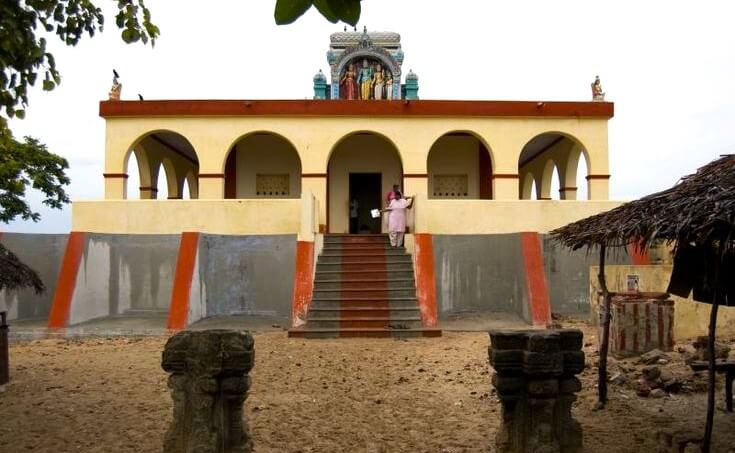
The Kothandaramaswamy Temple in Rameswaram, about 13 kilometers from the main town, is a sacred place for the Hindu god Rama. The temple is one of the 108 Divya Desams, which is highly respected by the Vaishnavite community. It is believed to be more than 1,000 years old. The temple is known for many reasons. It is said to be the place where Vibhishana, the younger brother of the evil king Ravana, took refuge with Lord Rama after he persuaded Ravana to give up Sita. Amazingly, it was the only building to survive a fierce storm in 1964, which almost destroyed the entire town of Dhanushkodi. The temple houses idols of Rama, Lakshmana, Sita, Hanuman and Vibhishana. According to tradition, Vibhishana, the younger brother of Ravana, took refuge in this temple after he persuaded Ravana to return Sita to Rama. The temple is surrounded by the sea on all sides, except for the road that connects the island to the mainland.
Dhanushkodi Beach
Timings: 07.00 AM to 05.00 PM
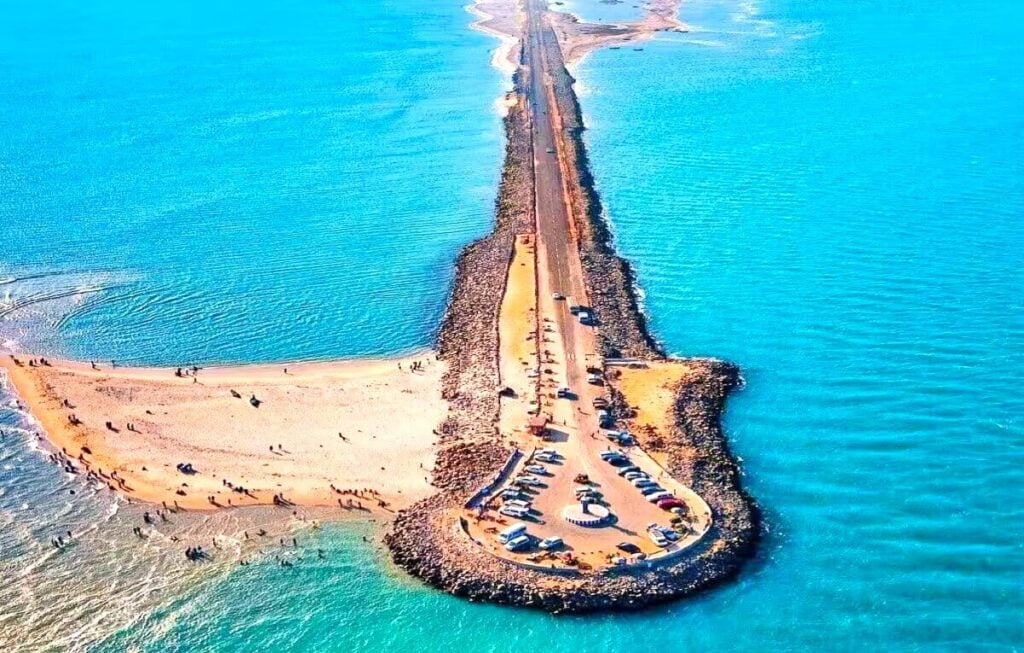
Dhanushkodi Beach is a beautiful beach at the southern end of Rameswaram Island. The term Dhanushkodi means “tip of the bow,” and it is believed that Lord Rama from the epic Ramayana used his bow here to instruct his Vanara sena (monkey army) to build a bridge to Lanka. The beach is famous for its natural beauty. The Bay of Bengal and the Gulf of Mannar meet here, creating a unique environment. Sadly, in 1964, a storm destroyed Dhanushkodi, almost wiping out the entire town. Although it is abandoned, the remains of the old town and the beach are popular tourist attractions. These ruins are a haunting reminder of the power of the cyclone. You can see the remnants of houses, churches, and a railway station. The Ram Setu viewpoint offers stunning views of Pamban Island and Adam’s Bridge, a line of limestone shoals that some believe were built by Lord Rama’s army. Arichal Munai, where the Bay of Bengal and the Gulf of Mannar meet, is a unique geographical feature where the waters of both oceans come together. The distinct colors of the water are easily visible from this point. Dhanushkodi beach is known for its natural beauty and powerful waves. The beach has clean white sand and clear blue waves, making it a beautiful sight and a popular spot for photography.
Note: visitors are allowed to visit Dhanushkodi Beach but it purely depends on the climatic conditions.
Lighthouse in Dhanushkodi Beach
Holiday: Monday
Entrance fee: Foreigners – Rs.25 & Indians – Rs.10
Camera Fee: Rs.20
Video Camera Fee: Rs.25
Timings: 10.00 AM to 01.00 PM & 02.30 PM to 05.00 PM
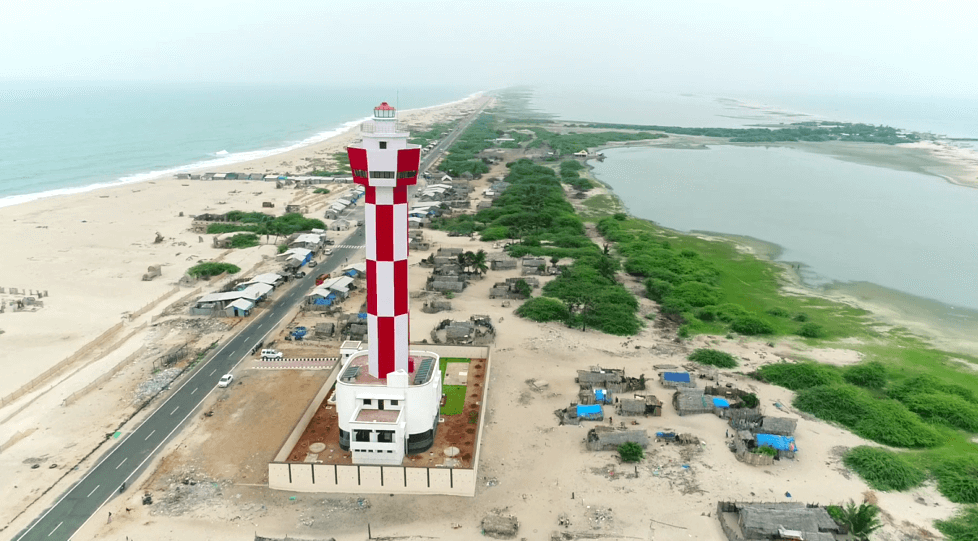
The Dhanushkodi Lighthouse was constructed in 2022. It is located 49 meters above sea level on Pamban Island, near the historic Dhanushkodi railway station and church. The lighthouse serves two purposes. Firstly, it helps ships navigate the Palk Strait and Gulf of Mannar. Secondly, it offers a spectacular view of the surrounding area from its visitor gallery, making it a popular tourist attraction. The lighthouse has a 3 meter diameter lantern with a 250 mm spinning optic and LED light, which is powered by 5 kW solar power. The light emitted from the lighthouse can be seen from 15 nautical miles away. Visitors can climb the 42 meter high gallery to view the Palk Strait, Gulf of Mannar, and the ruins of the old town of Dhanushkodi.
Krusadai Island
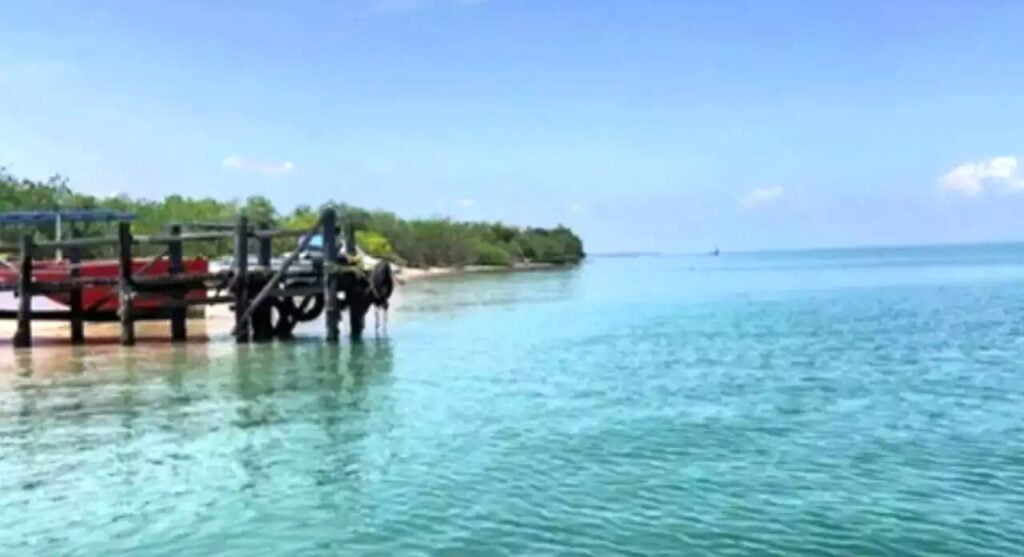
Krusadai Island in Rameswaram is a beautiful but lesser-known place for tourists. Recently opened to visitors by the Forest Department, this island is a protected marine area and is home to rare coral reefs. Due to its shallow and clear waters, it is an ideal place to see the coral reefs up close. This area is strictly protected, so large ships are not allowed inside.
Dr. APJ Abdul Kalam’s house
Timings: 09.00 AM to 05.00 PM
Entrance fee: No
Mobile, Camera, Video Camera: Not allowed
The house where Dr. APJ Abdul Kalam was born and raised is now a museum honoring his life and achievements. It is located on Mosque Street in Rameswaram. In 2011, his elder brother converted the house into a museum. It contains pictures, awards, and other items highlighting his early life, accomplishments, and worldwide recognition. The museum showcases various interesting items, including a recreation of Dr. Kalam’s childhood home. Photographs chronicle his journey from childhood to his career as a scientist and president, his scientific contributions, rockets, and the honors he received, including the Bharat Ratna. The museum provides an opportunity to learn about the life and work of one of India’s most renowned presidents, depicting his entire journey from childhood to becoming a respected scientist and India’s 11th President.
Pamban Bridge
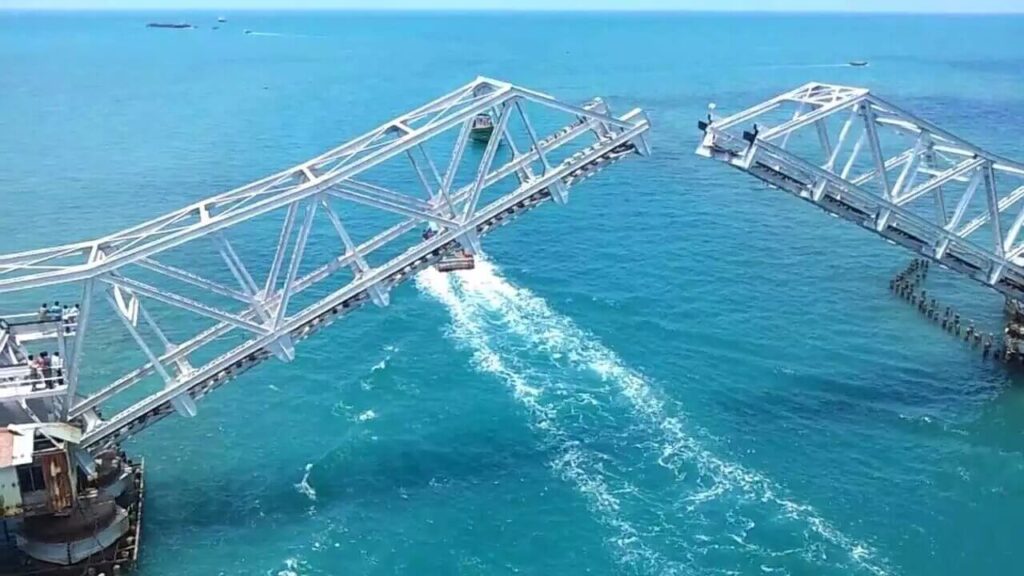
The Pamban Bridge is a railway bridge that connects the town of Rameswaram on Pamban Island to Mandapam on the Indian mainland. It was India’s first sea bridge and was opened on February 24, 1914. For nearly a century, it was the country’s longest sea bridge until the Bandra-Worli Sea Link opened in 2010. The 2.06 kilometre long bridge connects the Indian mainland and Rameswaram Island. The bridge is primarily a conventional bridge supported by concrete pillars, but it also has a middle section that can be raised to allow ships and barges to pass. The bridge is in a corrosive marine environment and prone to cyclones, making maintenance challenging.
A new bridge is currently under construction to replace the existing bridge. The new bridge will be a vertical lift bridge that can accommodate large ships. The Pamban Bridge is a vital link between Rameswaram and the mainland.
Dr. APJ Abdul Kalam Memorial
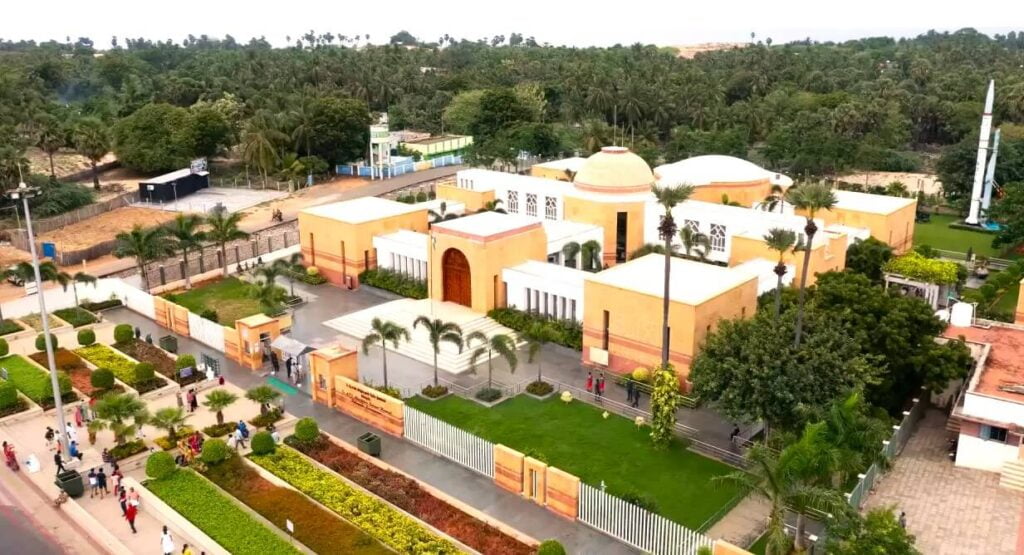
The Dr. APJ Abdul Kalam National Memorial at Rameswaram is built in memory of A.P.J. Abdul Kalam, the 11th President of India. It was designed and built by the Defense Research and Development Organization (DRDO) to honor Kalam and showcase India’s cultural and ethnic diversity. Prime Minister Narendra Modi officially inaugurated the memorial on July 27, 2017. The memorial represents national unity and combines Mughal and Indian architectural styles. It has a main dome that houses a bronze statue of Kalam playing the veena. The dome connects to four display halls, each of which displays different aspects of Kalam’s life. These sections are Children’s Square, Scientific Square, Prerna Chowk and Lecture Square. The landscape outside resembles a Mughal garden, featuring plants from Bangalore, Andhra Pradesh and Telangana.
Interesting Activity in Rameswaram
Water Sports Activity
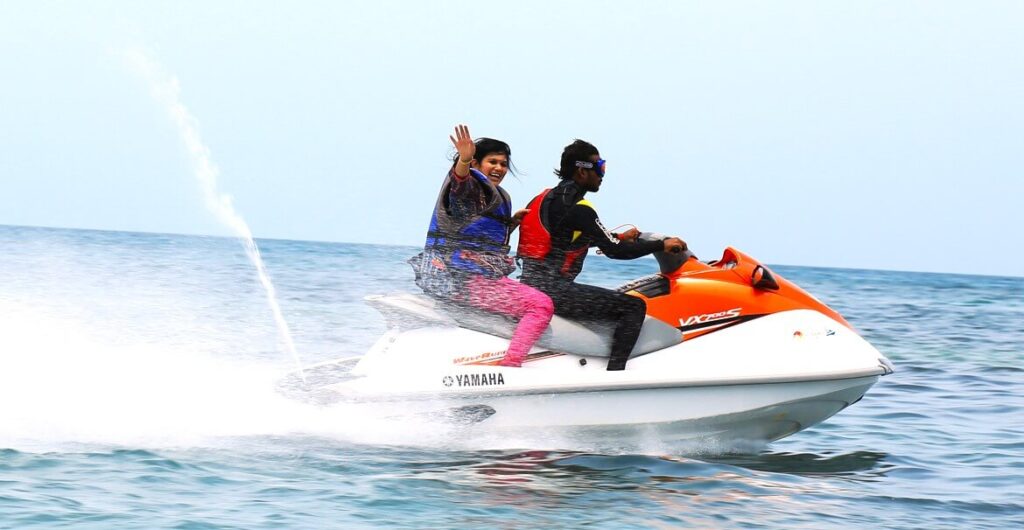
Rameswaram has plenty of water sports activities for adventure-loving tourists. You can try kayaking, jet skiing, stand-up paddleboarding, windsurfing, and snorkeling. Jet skiing is a great way to feel the thrill of speeding on the water while enjoying the beautiful coastline. Kayaking lets you explore the calm seas around Rameswaram and see the surrounding mangrove forests. You can also go kayaking to the nearby islands and have a picnic. Snorkeling and scuba diving trips let you see the underwater world of Rameswaram, which is home to colorful fish and marine life. Windsurfing is a skill-based water sport that lets you enjoy the wind and waves. With stand-up paddleboarding, you can explore the coastline of Rameswaram at your own pace and get a good workout for your core and legs. A banana boat cruise can be a fun activity for large groups, where you will be pulled behind a boat on an inflatable banana. The best time for water activities in Rameswaram is between October to May when the weather is pleasant and the sea is calm.
Important Temples around / nearby Rameswaram
Thirupullani Temple
Entrance fee: No
Timings: 07:00 AM to 12:30 PM and 03:30 PM to 08:30 PM
The Thirupullani Temple is an ancient Hindu temple dedicated to Athi Jagannatha Perumal and is located in Thirupullani, which is about 12 kilometers from Ramanathapuram and 57 kilometers from Rameswaram. Vaishnavites consider it one of the 108 Divya Desams, which are important pilgrimage sites for devotees. It is believed that Lord Rama worshipped Lord Vishnu at this temple. The temple architecture follows the Dravidian style with tall entrances, intricate carvings and spacious interiors. Particularly notable is the five-tiered rajagopuram (gateway) facing east. The temple is associated with various deities including Adi Jagannatha, Bhudevi, Sri Devi, Padmasini and Dharbasayana Ramar. The temple also houses a 13th-century metal statue of Krishna. The temple is known for its historical significance, possibly dating back hundreds of years before the common era. The Bodhi tree within the temple complex has immense historical and religious significance. The temple is associated with the Tamil poet Kambar and the Ramayana. Several festivals are celebrated here like Vaikuntha Ekadasi, Krishna Jayanti, Pongal and Deepavali, which attract a large number of devotees especially during weekends.
Uthrakosamangai Temple
Entrance fee: No
Timings: 06.00 AM to 01.00 PM & 04.00 PM to 08.00 PM
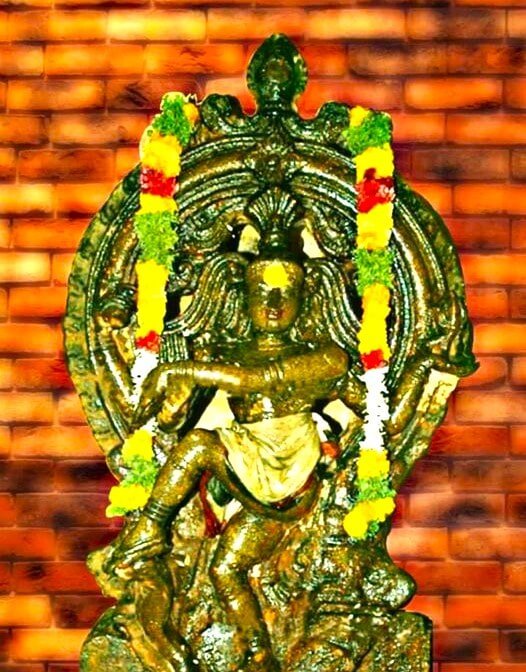
Thiru Uthirakosamangai is a famous temple of Lord Shiva, which is believed to be more than 3000 years old. The main deity Mangalanathar is said to have taught the meaning of the Vedas and other important aspects of Hinduism to his wife Mangalambigai at this sacred place. The temple and its significance have been mentioned in various writings. The temple claims to be the oldest Shiva temple in the world. It is famous for its Nataraja idol, which is made of emerald stone and is covered with sandalwood paste for 11 months, except in January when it is cleaned and left as it is for darshan.
Another important aspect of this temple is the idol of Lord Nataraja, the dancing form of Lord Shiva. This idol is extraordinary as it is a six-foot tall idol made from a single emerald stone. Around three thousand years old, the source of such a precious idol remains a mystery. Lord Nataraja is always covered with sandalwood paste as emerald has the scientific property that its molecules are affected by light and water. On the day of the Thiruvadhirai nakshatra during the Tamil month of Margazhi, Lord Nataraja can be worshipped without sandalwood paste. Special rituals and abhishekam with various aromatic materials are performed on this auspicious day, known as Arudra Darshan. Thousands of devotees visit the temple on this holy day to worship the emerald Nataraja and seek his blessings.
Apart from Lord Nataraja and Lord Mangalanathar, there is a separate shrine for Goddess Mangalanayaki. The temple façade has a seven-tiered entrance. Near the entrance, there is a statue of a mythical creature called Yaali. This creature has the face of a lion and the body of a human, with a huge stone ball rotating inside its mouth, which remains an engineering mystery.
A popular belief about the temple is that Ravana, the king of Lanka, married Mandodari here. Another belief is that the construction of the Shiva Linga and Nataraja idols is associated with Ravana. A notable feature of the temple complex is the 3000-year-old Ilanthai (Indian elm) tree. Various festivals are held at the temple throughout the year, the most notable being the Arudra Darshan in the Tamil month of Margazhi-Thai (December or January). During this event, the emerald Nataraja idol is exposed, and special pujas and celebrations are held.
Devipattinam
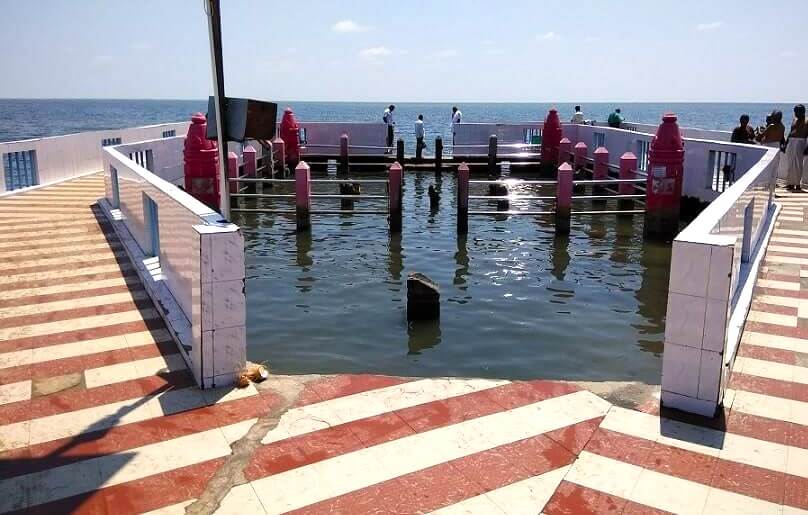
Devipattinam is a beautiful coastal village in the Ramanathapuram district of Tamil Nadu. It is known as Navapashanam and is a popular pilgrimage destination for tourists visiting Rameswaram, about 65 km away. Devipattinam is famous for its temples, especially the Navagraha Temple. According to legend, Lord Rama installed nine stones representing the nine celestial bodies in this temple before leaving for Lanka. Worshipping the Navagrahas here is believed to bring blessings and protect against negative influences. This temple is unique as the idols of the Navagrahas are located on the beach and get submerged during high tide. Devipattinam is also believed to be the place where Goddess Durga defeated the demon Mahishasura. The best time to visit is between 05:30 and 08:30 in the morning when the sea level is low and a bridge allows access to the stones. The Hindu Religious and Charitable Endowment takes care of this temple.
Conclusion
Rameswaram is an important place in India, which has a lot of history and spiritual significance. Ramanathaswamy Temple and Dhanushkodi Beach are two main attractions. Pamban Bridge and Dr. APJ Abdul Kalam Memorial are also worth visiting. Whether you are interested in spirituality, history or adventure, Rameswaram has something for everyone. It is a place where you can have a memorable and meaningful trip. So, pack your bags and visit this enchanting town, where every corner has a story and every moment becomes a memorable memory.

